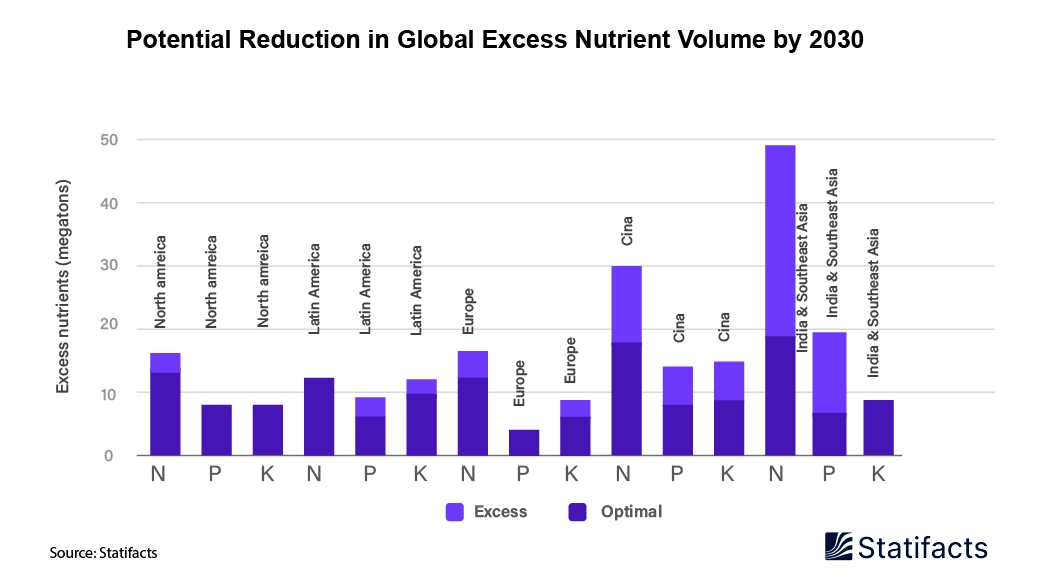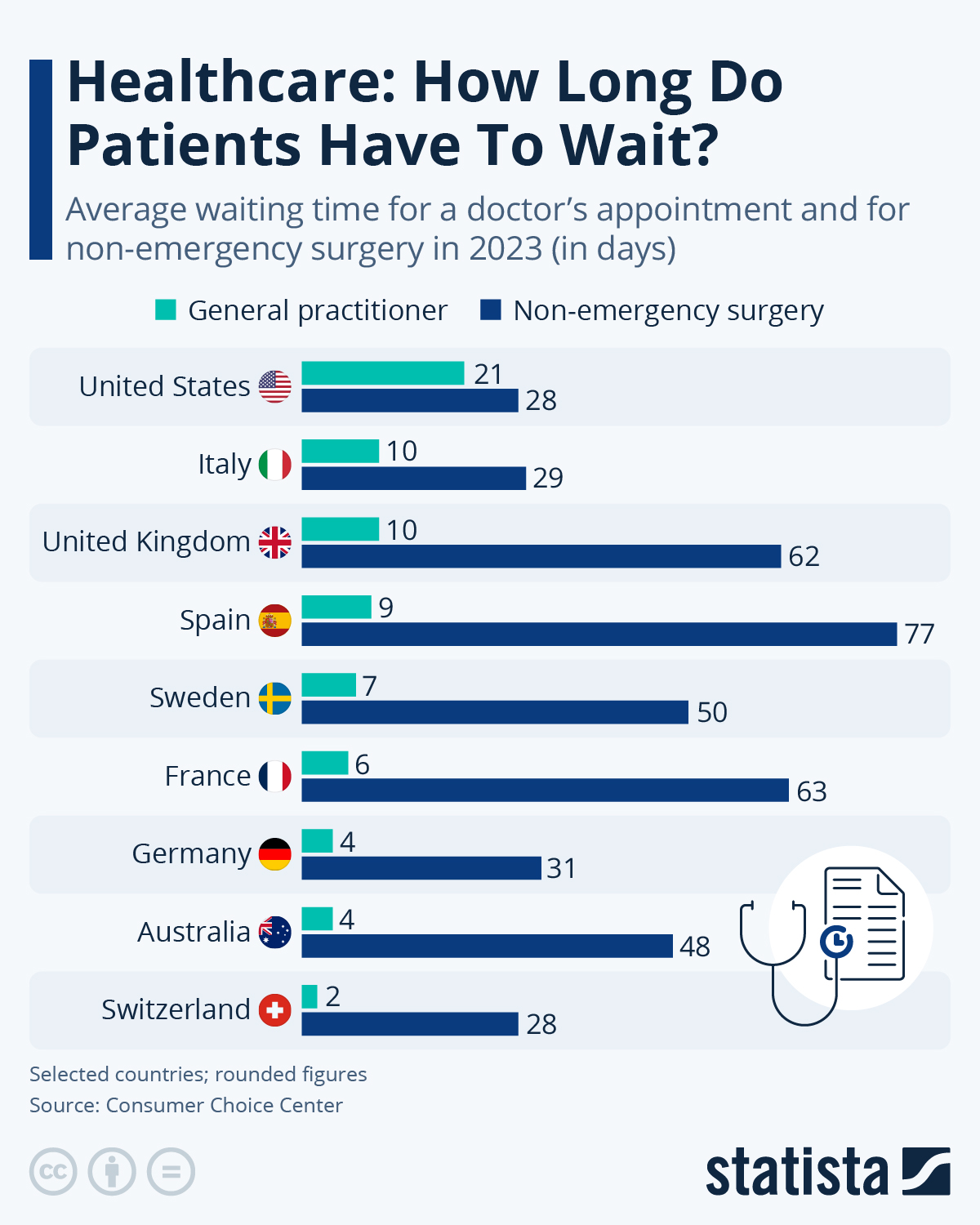
07 May 2025
After a period of price volatility, the fertilizer demand is now facing a different set of challenges. A decline in global fertilizer demand will happen faster than now forecast, contrary to more positive demand forecasts that suggest moderate growth. This will be driven, in part, by increasing regulatory pressure on nutrient excess and by new technologies and ag practices that will help improve nutrient use efficiency. Let’s look at the reasons for the fertilizer demand’s potential decline.


There are many variations of passages of Lorem Ipsum available, but the majority have suffered alteration in some form
URL TO BE USED AS REFERENCE LINK:
Placeholder content for this accordion, which is intended to demonstrate the .accordion-flush class. This is the first item's
accordion body.
Placeholder content for this accordion, which is intended to demonstrate the .accordion-flush class. This is the second item's
accordion body. Let's imagine this being filled with some actual content.
Placeholder content for this accordion, which is intended to demonstrate the .accordion-flush class. This is the third
item's accordion body. Nothing more exciting happening here in terms of content, but just filling up the space to make it look, at least at
first glance, a bit more representative of how this would look in a real-world application.
Do you still any question?
Feel free to contact us anytime using our contact form or visit our FAQ page.
Your contact to the Infographics Newsroom
